BOY DO I EVER WANT TO STAY AT THE CLOWN MOTEL.
BOY DO I EVER WANT TO STAY AT THE CLOWN MOTEL.
i send work bestie a gleeful message about a special trip i've decided we're taking, and this

is the treatment i get
More Posts from Thekingsbutler and Others

Source



what the fuck did I just download
Seeing the Invisible Universe

This computer-simulated image shows a supermassive black hole at the core of a galaxy. The black region in the center represents the black hole’s event horizon, beyond which no light can escape the massive object’s gravitational grip. The black hole’s powerful gravity distorts space around it like a funhouse mirror. Light from background stars is stretched and smeared as it skims by the black hole. You might wonder — if this Tumblr post is about invisible things, what’s with all the pictures? Even though we can’t see these things with our eyes or even our telescopes, we can still learn about them by studying how they affect their surroundings. Then, we can use what we know to make visualizations that represent our understanding.
When you think of the invisible, you might first picture something fantastical like a magic Ring or Wonder Woman’s airplane, but invisible things surround us every day. Read on to learn about seven of our favorite invisible things in the universe!
1. Black Holes

This animation illustrates what happens when an unlucky star strays too close to a monster black hole. Gravitational forces create intense tides that break the star apart into a stream of gas. The trailing part of the stream escapes the system, while the leading part swings back around, surrounding the black hole with a disk of debris. A powerful jet can also form. This cataclysmic phenomenon is called a tidal disruption event.
You know ‘em, and we love ‘em. Black holes are balls of matter packed so tight that their gravity allows nothing — not even light — to escape. Most black holes form when heavy stars collapse under their own weight, crushing their mass to a theoretical singular point of infinite density.
Although they don’t reflect or emit light, we know black holes exist because they influence the environment around them — like tugging on star orbits. Black holes distort space-time, warping the path light travels through, so scientists can also identify black holes by noticing tiny changes in star brightness or position.
2. Dark Matter

A simulation of dark matter forming large-scale structure due to gravity.
What do you call something that doesn’t interact with light, has a gravitational pull, and outnumbers all the visible stuff in the universe by five times? Scientists went with “dark matter,” and they think it's the backbone of our universe’s large-scale structure. We don’t know what dark matter is — we just know it's nothing we already understand.
We know about dark matter because of its gravitational effects on galaxies and galaxy clusters — observations of how they move tell us there must be something there that we can’t see. Like black holes, we can also see light bend as dark matter’s mass warps space-time.
3. Dark Energy

Animation showing a graph of the universe’s expansion over time. While cosmic expansion slowed following the end of inflation, it began picking up the pace around 5 billion years ago. Scientists still aren’t sure why.
No one knows what dark energy is either — just that it’s pushing our universe to expand faster and faster. Some potential theories include an ever-present energy, a defect in the universe’s fabric, or a flaw in our understanding of gravity.
Scientists previously thought that all the universe’s mass would gravitationally attract, slowing its expansion over time. But when they noticed distant galaxies moving away from us faster than expected, researchers knew something was beating gravity on cosmic scales. After further investigation, scientists found traces of dark energy’s influence everywhere — from large-scale structure to the background radiation that permeates the universe.
4. Gravitational Waves

Two black holes orbit each other and generate space-time ripples called gravitational waves in this animation.
Like the ripples in a pond, the most extreme events in the universe — such as black hole mergers — send waves through the fabric of space-time. All moving masses can create gravitational waves, but they are usually so small and weak that we can only detect those caused by massive collisions. Even then they only cause infinitesimal changes in space-time by the time they reach us. Scientists use lasers, like the ground-based LIGO (Laser Interferometer Gravitational-Wave Observatory) to detect this precise change. They also watch pulsar timing, like cosmic clocks, to catch tiny timing differences caused by gravitational waves.
This animation shows gamma rays (magenta), the most energetic form of light, and elusive particles called neutrinos (gray) formed in the jet of an active galaxy far, far away. The emission traveled for about 4 billion years before reaching Earth. On Sept. 22, 2017, the IceCube Neutrino Observatory at the South Pole detected the arrival of a single high-energy neutrino. NASA’s Fermi Gamma-ray Space Telescope showed that the source was a black-hole-powered galaxy named TXS 0506+056, which at the time of the detection was producing the strongest gamma-ray activity Fermi had seen from it in a decade of observations.
5. Neutrinos

This animation shows gamma rays (magenta), the most energetic form of light, and elusive particles called neutrinos (gray) formed in the jet of an active galaxy far, far away. The emission traveled for about 4 billion years before reaching Earth. On Sept. 22, 2017, the IceCube Neutrino Observatory at the South Pole detected the arrival of a single high-energy neutrino. NASA’s Fermi Gamma-ray Space Telescope showed that the source was a black-hole-powered galaxy named TXS 0506+056, which at the time of the detection was producing the strongest gamma-ray activity Fermi had seen from it in a decade of observations.
Because only gravity and the weak force affect neutrinos, they don’t easily interact with other matter — hundreds of trillions of these tiny, uncharged particles pass through you every second! Neutrinos come from unstable atom decay all around us, from nuclear reactions in the Sun to exploding stars, black holes, and even bananas.
Scientists theoretically predicted neutrinos, but we know they actually exist because, like black holes, they sometimes influence their surroundings. The National Science Foundation’s IceCube Neutrino Observatory detects when neutrinos interact with other subatomic particles in ice via the weak force.
6. Cosmic Rays

This animation illustrates cosmic ray particles striking Earth's atmosphere and creating showers of particles.
Every day, trillions of cosmic rays pelt Earth’s atmosphere, careening in at nearly light-speed — mostly from outside our solar system. Magnetic fields knock these tiny charged particles around space until we can hardly tell where they came from, but we think high energy events like supernovae can accelerate them. Earth’s atmosphere and magnetic field protect us from cosmic rays, meaning few actually make it to the ground.
Though we don’t see the cosmic rays that make it to the ground, they tamper with equipment, showing up as radiation or as “bright” dots that come and go between pictures on some digital cameras. Cosmic rays can harm astronauts in space, so there are plenty of precautions to protect and monitor them.
7. (Most) Electromagnetic Radiation

The electromagnetic spectrum is the name we use when we talk about different types of light as a group. The parts of the electromagnetic spectrum, arranged from highest to lowest energy are: gamma rays, X-rays, ultraviolet light, visible light, infrared light, microwaves, and radio waves. All the parts of the electromagnetic spectrum are the same thing — radiation. Radiation is made up of a stream of photons — particles without mass that move in a wave pattern all at the same speed, the speed of light. Each photon contains a certain amount of energy.
The light that we see is a small slice of the electromagnetic spectrum, which spans many wavelengths. We frequently use different wavelengths of light — from radios to airport security scanners and telescopes.
Visible light makes it possible for many of us to perceive the universe every day, but this range of light is just 0.0035 percent of the entire spectrum. With this in mind, it seems that we live in a universe that’s more invisible than not! NASA missions like NASA's Fermi, James Webb, and Nancy Grace Roman space telescopes will continue to uncloak the cosmos and answer some of science’s most mysterious questions.
Make sure to follow us on Tumblr for your regular dose of space!
I'm told today is a holiday in these lands





Some truths about the publishing industry because I certainly got blindsided when going in. Now I'm so broken by this industry I struggle to encourage aspiring writers lmao
your work matters, and you're not a very good judge of it.
you can have the fancy degrees and the years of experience. you can have zero idea what you're doing and nothing but a song in your heart. the way you view what you write will never be how i view what you write. which is why you gotta write whatever feels real and good and honest to ya.
i forgot this. it's really lonely to be an author. the world you slice through to carve into a page - it can't ever be fully realized. sometimes the sun is butter yellow, and i can never spread it onto toast to serve to you. i can never describe fully the feeling of a new england october, only that a place that is often too-cold is suddenly full of a strange and visceral warmth. if you're not a writer or an artist, the experience is like this: take a flower and study it. without eating it, cook me a meal that tastes like this flower.
so i didn't know how good the book is, only that i hoped beyond a hope that anyone out there might get a kick out of it. maybe someone nice will review it every few days, i thought. i just want it to help any 1 person.
i did a reading recently where far too many people were kind and thoughtful and so gentle with me that i got into my car and burst into tears. i've had a very rough year, and this experience felt like a hug. so many people telling me they love what i read from the book. and in it, listening to the laughter as i read - at jokes i have long since stopped thinking are funny - it sent a bird straight through my heart. oh shit, i thought. i've been so unnecessarily cruel to myself.
you have no idea how many people read your work and don't respond because they are too shy or busy or unsure. i have webcomics i've never commented on that i've been checking on weekly for actual years. there are artists on spotify i will never be able to see in concert. there are paintings in galleries that i couldn't afford but wanted to kiss. i love what you have made, and i have no idea how to tell you. i love you, and it hurt me and helped me and also sent me back home. i wish there was more time and more ways to shine the light back to you.
be gentle. you have no way of knowing if you're good enough, so you might as well make something that feels good to make. someone will love it. and that love is never wasted.

Love Like Breathing.
Collage for Mary from Our Flag Means Death.
It's phone background sized, feel free to use it if you like!
I moved last year to a new state and the isolation was getting to me, so I joined the writer's group at the local library. I love it so much, it keeps me connected to folks AND helps me with my writing.
Support libraries.
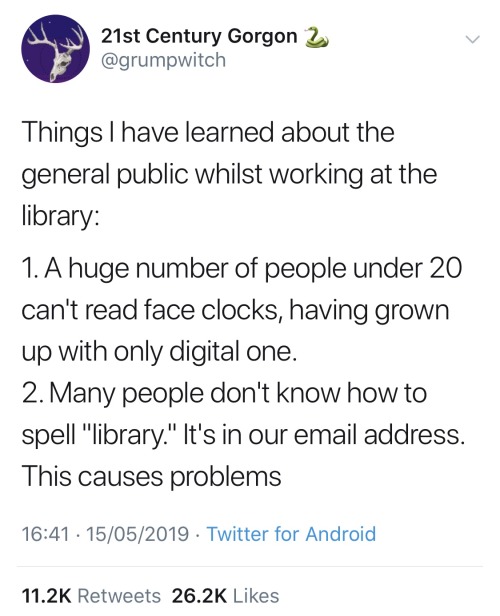
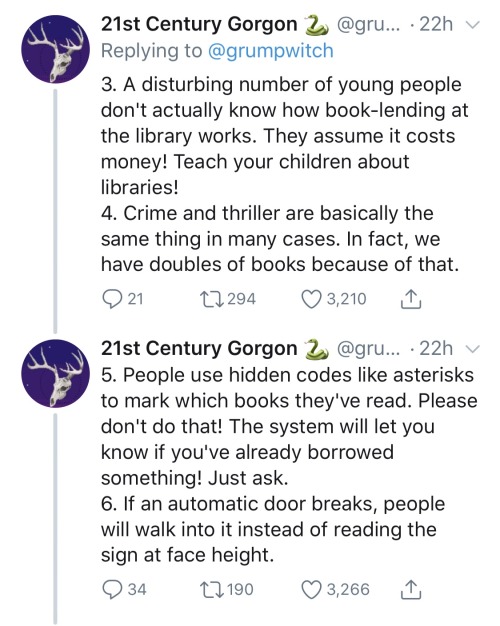
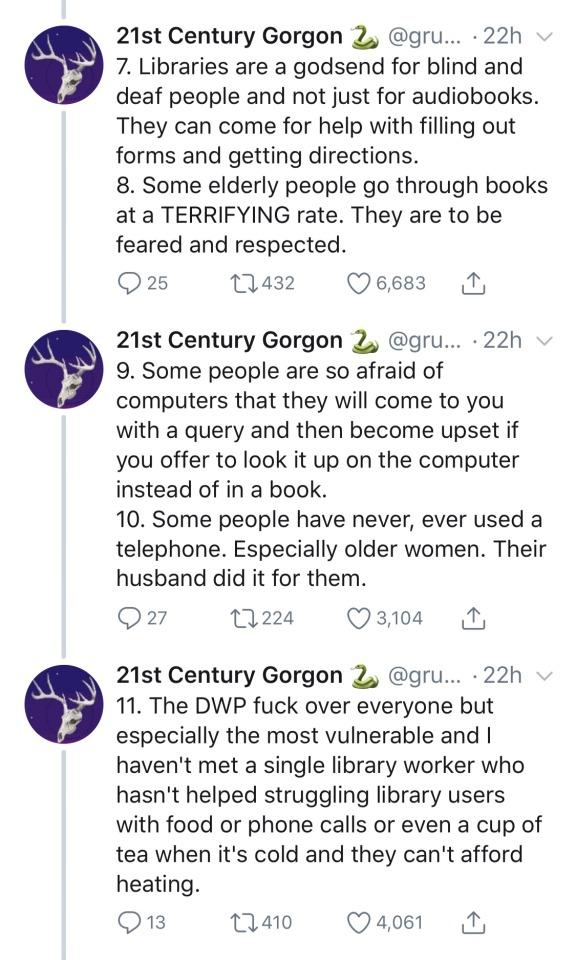

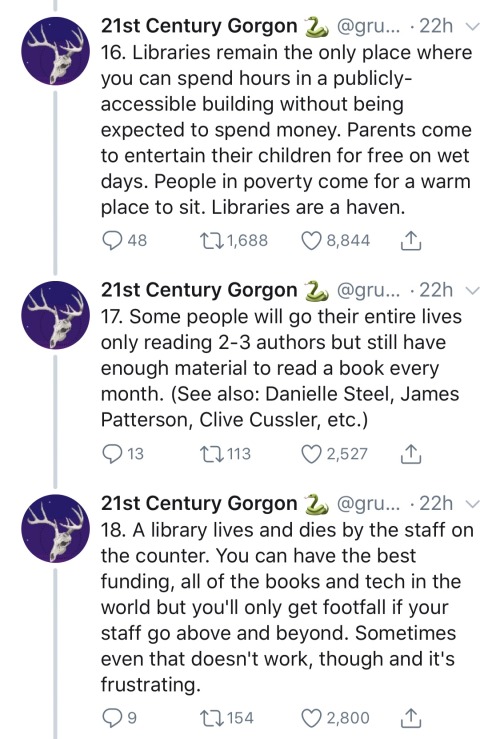
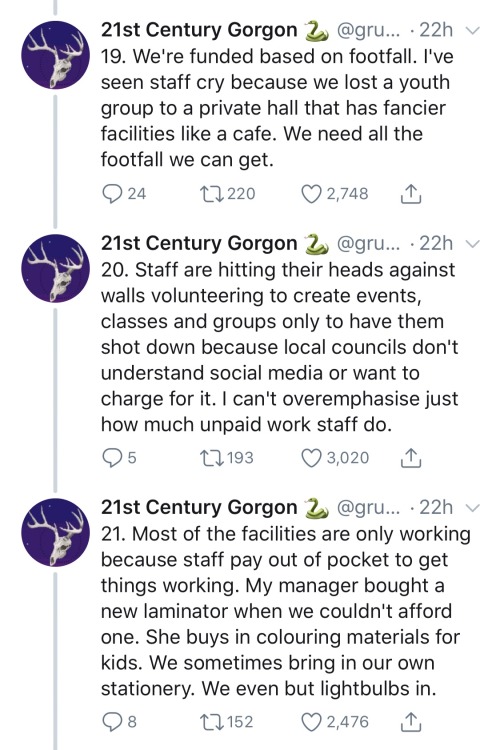
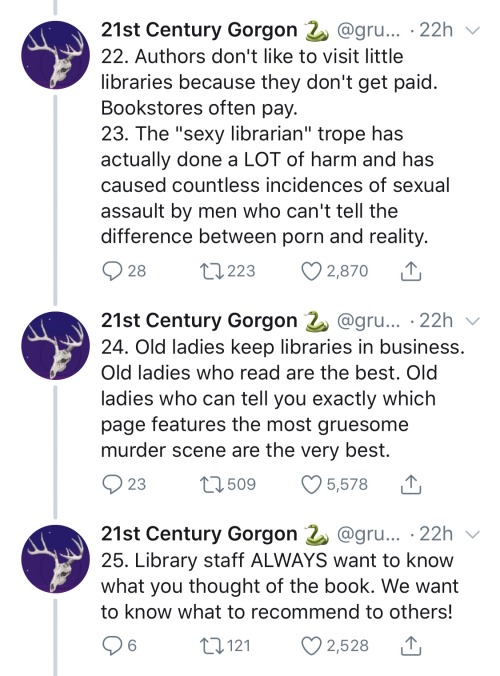

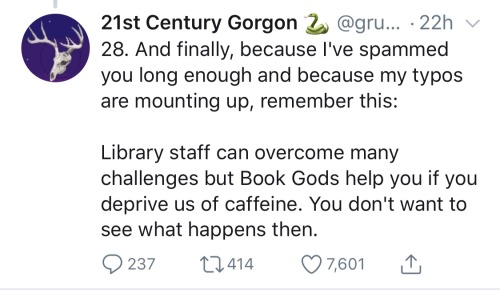
-
 old-skulls liked this · 6 months ago
old-skulls liked this · 6 months ago -
 skoomapipe reblogged this · 6 months ago
skoomapipe reblogged this · 6 months ago -
 karedevil4ever liked this · 8 months ago
karedevil4ever liked this · 8 months ago -
 s-fellows-art liked this · 8 months ago
s-fellows-art liked this · 8 months ago -
 grimmjadeskye liked this · 8 months ago
grimmjadeskye liked this · 8 months ago -
 meister-marrow liked this · 8 months ago
meister-marrow liked this · 8 months ago -
 leniwy-pierog reblogged this · 8 months ago
leniwy-pierog reblogged this · 8 months ago -
 princelink reblogged this · 8 months ago
princelink reblogged this · 8 months ago -
 shadowthorne reblogged this · 8 months ago
shadowthorne reblogged this · 8 months ago -
 mattx13 reblogged this · 9 months ago
mattx13 reblogged this · 9 months ago -
 mattx13 liked this · 9 months ago
mattx13 liked this · 9 months ago -
 eriklehnsherrr reblogged this · 9 months ago
eriklehnsherrr reblogged this · 9 months ago -
 unreadpoppy liked this · 9 months ago
unreadpoppy liked this · 9 months ago -
 jinxedeyes liked this · 9 months ago
jinxedeyes liked this · 9 months ago -
 thevoidkingbeckons liked this · 9 months ago
thevoidkingbeckons liked this · 9 months ago -
 gasperyjacques liked this · 9 months ago
gasperyjacques liked this · 9 months ago -
 stressfulsloth reblogged this · 9 months ago
stressfulsloth reblogged this · 9 months ago -
 stressfulsloth liked this · 9 months ago
stressfulsloth liked this · 9 months ago -
 sweetevanwilliams liked this · 9 months ago
sweetevanwilliams liked this · 9 months ago -
 zorciarkrildrush reblogged this · 9 months ago
zorciarkrildrush reblogged this · 9 months ago -
 lunabookworm liked this · 9 months ago
lunabookworm liked this · 9 months ago -
 smouses reblogged this · 9 months ago
smouses reblogged this · 9 months ago -
 seratoninjunkie31 liked this · 9 months ago
seratoninjunkie31 liked this · 9 months ago -
 obsidianmage3 liked this · 9 months ago
obsidianmage3 liked this · 9 months ago -
 listlesswhistle reblogged this · 9 months ago
listlesswhistle reblogged this · 9 months ago -
 alabastercatfish liked this · 9 months ago
alabastercatfish liked this · 9 months ago -
 wmctalon liked this · 10 months ago
wmctalon liked this · 10 months ago -
 frankierohugejorts liked this · 10 months ago
frankierohugejorts liked this · 10 months ago -
 deathbecomesnerds reblogged this · 10 months ago
deathbecomesnerds reblogged this · 10 months ago -
 the-aimless-ace reblogged this · 10 months ago
the-aimless-ace reblogged this · 10 months ago -
 smellectric reblogged this · 10 months ago
smellectric reblogged this · 10 months ago -
 zorciarkrildrush liked this · 10 months ago
zorciarkrildrush liked this · 10 months ago -
 systemakhaosu liked this · 10 months ago
systemakhaosu liked this · 10 months ago -
 sirsockington reblogged this · 10 months ago
sirsockington reblogged this · 10 months ago -
 sirsockington liked this · 10 months ago
sirsockington liked this · 10 months ago -
 myglasseskeepslipping reblogged this · 10 months ago
myglasseskeepslipping reblogged this · 10 months ago -
 pepsdeps reblogged this · 10 months ago
pepsdeps reblogged this · 10 months ago -
 pepsdeps liked this · 10 months ago
pepsdeps liked this · 10 months ago -
 sensoryseraphim reblogged this · 10 months ago
sensoryseraphim reblogged this · 10 months ago -
 kris-mage-fics liked this · 10 months ago
kris-mage-fics liked this · 10 months ago -
 fishtankplays reblogged this · 10 months ago
fishtankplays reblogged this · 10 months ago -
 fishtankplays liked this · 10 months ago
fishtankplays liked this · 10 months ago -
 redmagus77 reblogged this · 10 months ago
redmagus77 reblogged this · 10 months ago -
 ask-me-about-my-thumbs reblogged this · 10 months ago
ask-me-about-my-thumbs reblogged this · 10 months ago -
 ask-me-about-my-thumbs liked this · 10 months ago
ask-me-about-my-thumbs liked this · 10 months ago -
 havartia liked this · 10 months ago
havartia liked this · 10 months ago -
 duels-of-infrno reblogged this · 10 months ago
duels-of-infrno reblogged this · 10 months ago -
 astlanferuci liked this · 10 months ago
astlanferuci liked this · 10 months ago -
 cosmiccarrotcake reblogged this · 10 months ago
cosmiccarrotcake reblogged this · 10 months ago -
 cosmiccarrotcake liked this · 10 months ago
cosmiccarrotcake liked this · 10 months ago

Perpetually confused. Writing, collaging, others. All Pronouns. 20s.Started this for Ao3 stuff but let's see how it goes.https://archiveofourown.org/users/ButlerOfKings
140 posts